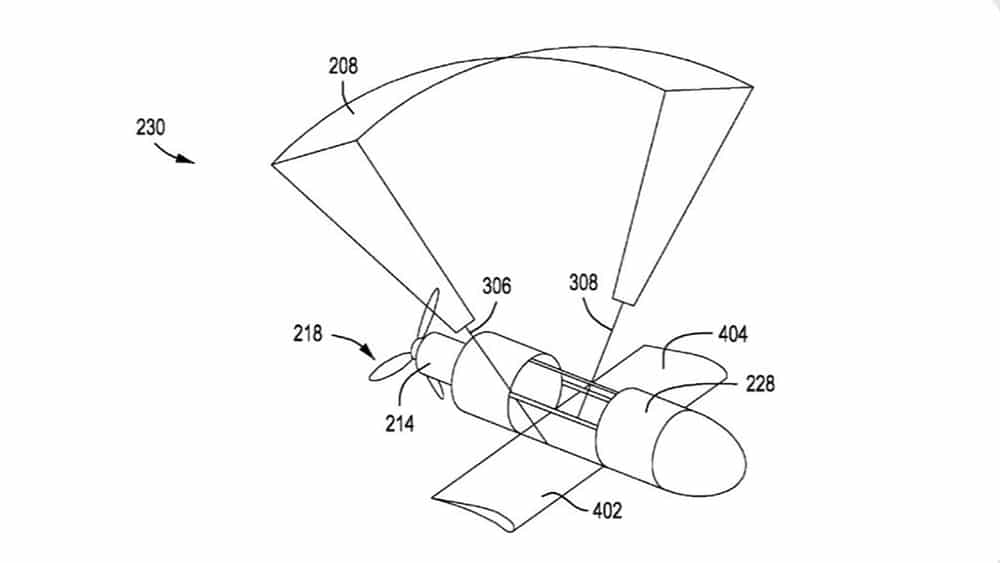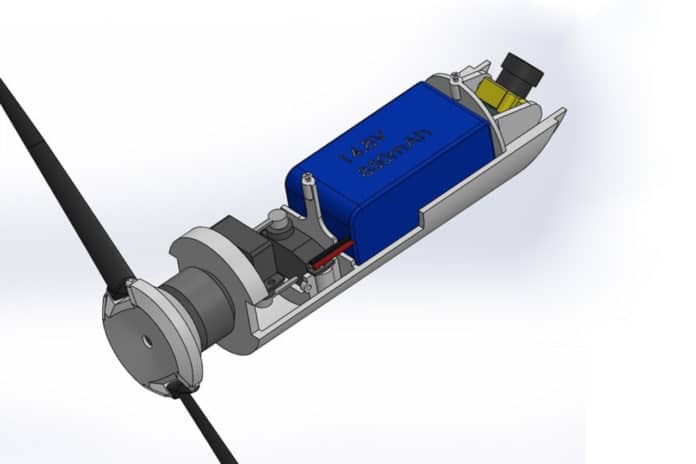The grenade launchers seem to have found a new use: they will be used to launch tiny camera-drones into the sky, with which the fighters can detect threats behind the front line.
Scientists from the U.S. Army Research Laboratory (ARL) at the Aberdeen Proving Ground in Maryland are developing microdrones of the same size as a 40mm army grenade, which are meant to be fired by the service’s standard M203 grenade launchers. According to the service officials, such a drone will allow the Army to quickly conduct reconnaissance or establish monitoring of enemy positions.
The patent, which was filed last month, is named GLUAS (Grenade Launched Unmanned Aerial Systems – unmanned aerial systems launched using a grenade launcher). It is described as a drone powered by a battery, with deployable wings, a propeller to propel itself, and a parachute made of mylar (polyester type).

The U.S. Army is developing two versions of GLUAS: one that looks like a paraglider, and the other – of a helicopter-type design with the possibility of hovering. Both versions are expected to fly at altitudes up to 2,000 feet (600 m) for at least 90 minutes. Since, in terms of size, weight, and shape, the new UAVs correspond to standard 40-mm army grenades, they should easily fit into a standard set of fighter equipment.
Reportedly, once launched from an under-barrel grenade launcher, the drone will unfold the rotor blades and fly towards the target under the control of the ground operators with a joystick or other hand-held device. On the drone, the cameras and various sensors will be installed to offer real-time information to the earth station below. The camera transmits real-time video from a distance of 2 km. During the completion of the project, the GLUAS drone is also planned to be equipped with a GPS receiver to accurately determine the location of objects or people observed from the air.
According to John Gerdes, an engineer working on the project, soldiers attacked by an unobserved adversary can launch GLAUS and almost instantly get a “bird’s-eye view of the battlefield.”
It is unclear when these systems can be ready for use in combat conditions.
